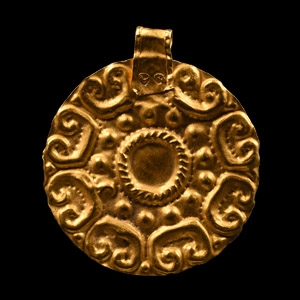Home > Auctions > 23 - 27 May 2023
Ancient Art, Antiquities, Natural History & Coins
Auction Highlights:
From a Spanish collection, formerly with a German dealership in the 1980s.
Similar in form to the elaborate inlaid gold pectoral discovered in the tomb of Tutankhamun, for which see Andrews, C., Ancient Egyptian Jewellery, p.134, no. 117.
Acquired prior to 2000 from a UK collection.
Canadian private collection of Mr A.K. of Montreal.
Cf. Petrie, W.M.F., Amulets, London, 1914, pl. XLII, no. 251f, for a comparable example from Naqada.
Acquired prior to 2000 from a European collection.
Canadian private collection of Mr A.K. of Montreal.
The sacred uraeus was a symbol of royalty, sovereignty and divine authority in ancient Egypt.
Ex French collection 1920s, Paris art market.
UK private collection before 2000.
UK art market.
Property of a London gentleman.
From the Gustave Mustaki collection, Alexandria, Egypt.
Acquired early to mid 20th century and exported under Egyptian government license.
with Charles Ede 1990s.
Cf. Chadour, A.B., Rings. The Alice and Louis Koch Collection, volume I, Leeds, 1994, item 116, for type.
From an early 20th century collection.
Cf. Ben-Tor, D., The Scarab: A Reflection of Ancient Egypt, Jerusalem, 1989, p.74, no.12, for a scarab with similar Bes figure.
From an early 20th century collection, Home Counties, UK, 1930-1940s.
Cf. The Metropolitan Museum, New York, accession number 35.3.104, for a similar mount.
Acquired in 1970.
with Coins and Antiquities, formerly known as D.J. Crowther Ltd, Mayfair, London, UK.
Private collection of a London antiquarian.
Cf. a comparable image in Boardman, J., Greek Gems and finger rings, early bronze age to Late Classical, London, 1973 (2001), no.106, p.47.
The style of the lentoid seal has similarities with an agate lentoid seal from Fourni, Archanes, dated to the last period of the Cretan Palace in Knossos, before the island was occupied by the Achaeans. On the Cretan lentoid seals, single animals or a group of animals are plentiful. One of the most common motifs is that of a reclining or standing animal. Single animals are sometimes depicted with contorted bodies.
Ex F.A., Brussels, 1980.
Private collection of a London antiquarian.
Cf. a comparable scene in Boardman, J., Greek Gems and finger rings, early Bronze Age to Late Classical, London, 1973 (2001), no.361.
Combat between a man and gryphon is a well-attested subject matter on Greek scarabs. A faience factory was found in Naukratis by Flinders-Petrie, with innumerable faience and discarded moulds. The motifs on the bottom surface are repetitive and hurriedly worked. They depict lucky symbols or representative subjects (lions with sun disc, ibex, Horus falcons, lotus flowers); such motifs had already been adopted into Greek art but are generally considered typically Egyptian. Here the subject of a fight against a gryphon is Greek, although the style of the fighting character seems Phoenician, which points to Eastern Mediterranean workmanship, possibly on the Island of Rhodes.
Acquired in the 1990's; cat.1704.
From an important Mayfair, London, UK collection.
Acquired in the 1990s.
From the deceased estate of a North Yorkshire private collector, UK.
Ex Den of Antiquity, Cambridgeshire, UK.
Cf. The British Museum, museum number 2001,0423.4, for similar.
Red burnished-ware pottery became the dominant pottery ware lasting into the Middle Bronze Age on the island of Cyprus. Vessels were handmade and covered with a slip, which was burnished and often decorated with patterns incised with a sharp cutting edge before being fired. Potters were able to produce vessels that were either mottled or painted in two colours, often red outside and black inside and on the exterior of the rim.
13 - 24 of 2508 LOTS

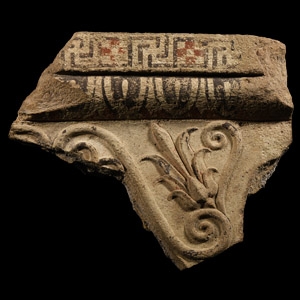
.jpg)


.jpg)
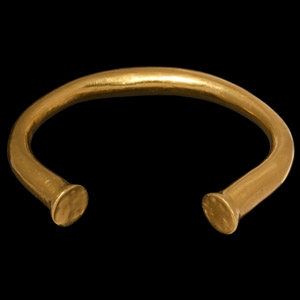
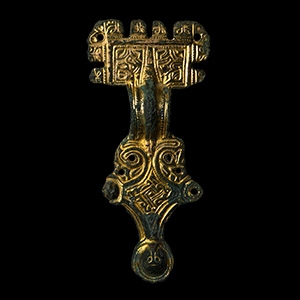

.jpg)
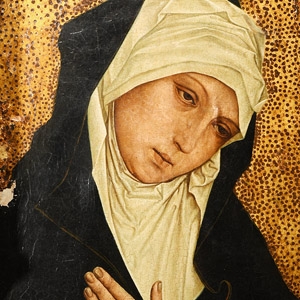

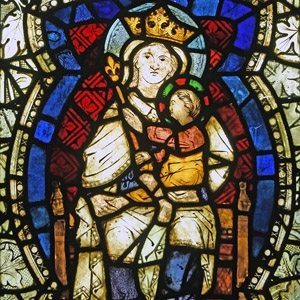
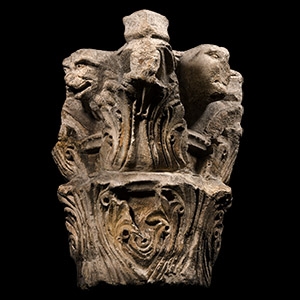
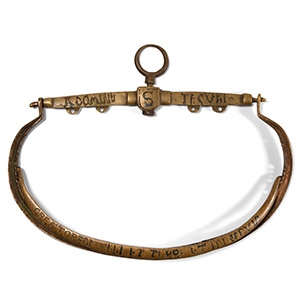
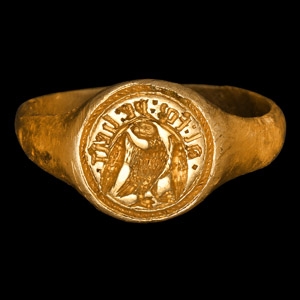
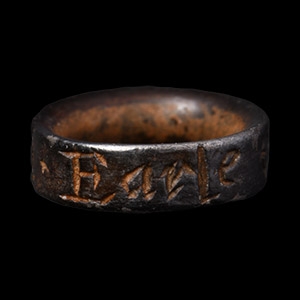
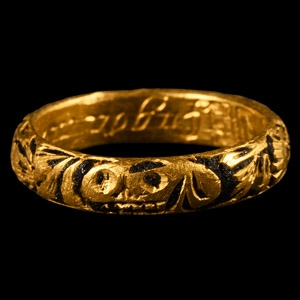
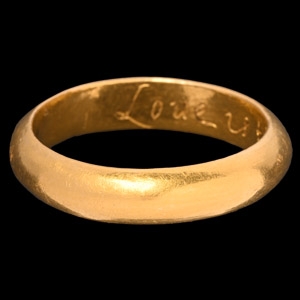
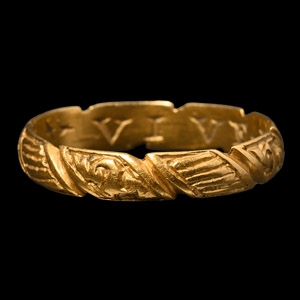
![English Milled Coins - George VI - 1937 - Cased RM Proof Coronation Gold Set [4] English Milled Coins - George VI - 1937 - Cased RM Proof Coronation Gold Set [4]](https://timelineauctions.com/upload/images/items/small/203351-s(2).jpg)
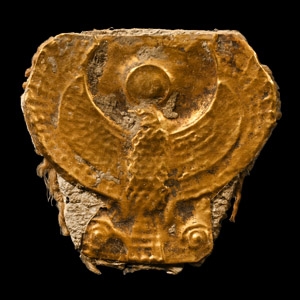

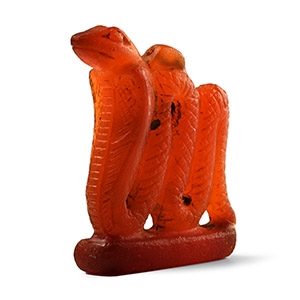

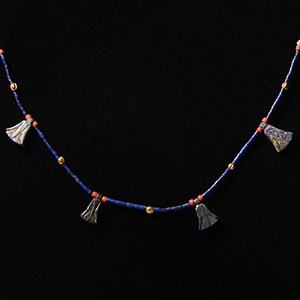


.jpg)
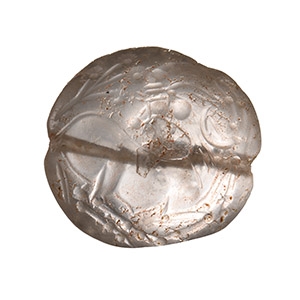
.jpg)
